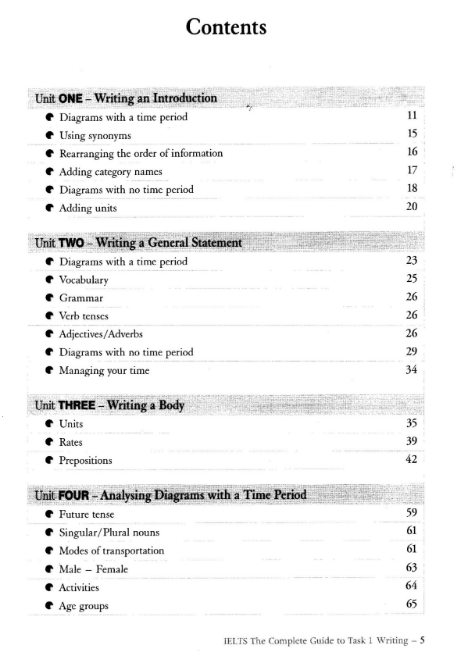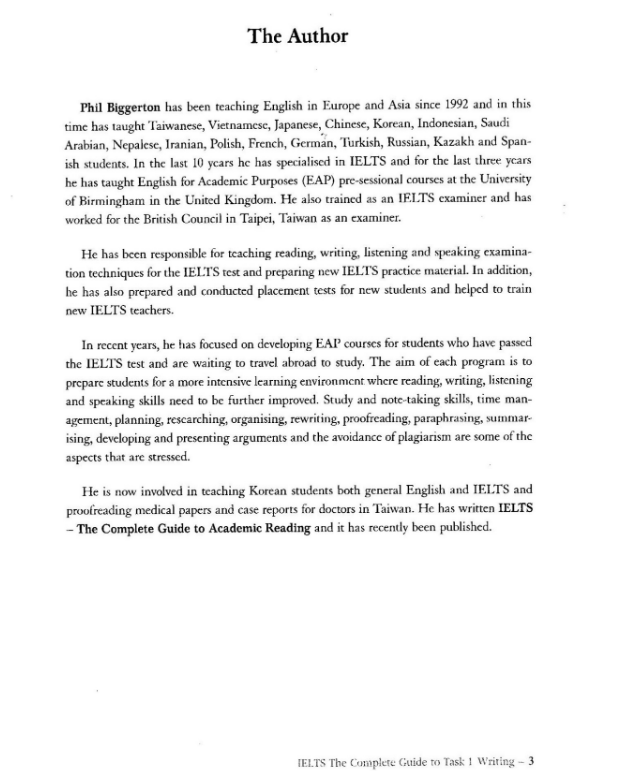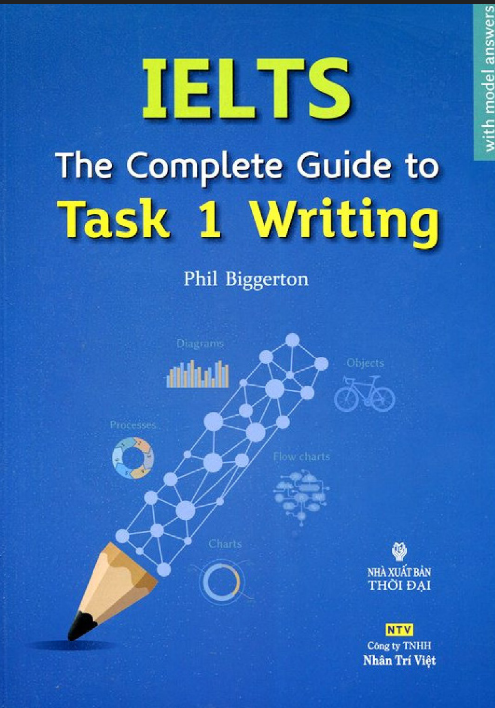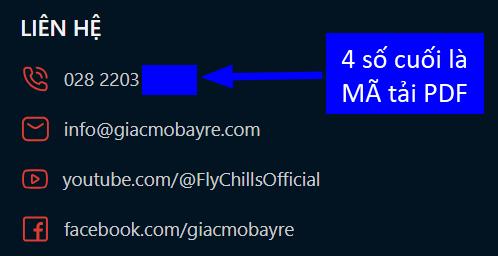


Getting Started
When starting to write any type of essay, it is important to ask yourself several questions:
- Who am I writing to?
- What writing style is needed?
- What information do I need to include?
When we think more specifically about IELTS and writing either Task 1 or Task 2, the obvious answer to the first question is for my teacher or IELTS examiner.
However, it is better to answer for my professor at university.
This helps you to understand that by studying IELTS, you are also beginning to prepare yourself for your future studies at a university in a foreign country.
Then, knowing that your writing/report is going to be read by a professor, you have to use a formal or academic style.
Do not worry if you are not sure what this means. As you continue to read this book and do the exercises provided, you will find that your writing style changes and becomes more formal as well as more academic.
Finally, you need to decide what information you want to put into your writing. Remember, a well-written essay is not just an essay with perfect grammar and spelling. It has to contain information that is relevant to the type of article being written as well.
Not enough information or the wrong type of information in your Task 1 writing will dramatically lower your chances of getting a good score in the IELTS examination. However, at university, it can mean being handed back your essay and being asked to write it again.
The Complete Guide to Task 1 Writing
This book takes you step by step, from a basic understanding of writing about diagrams like bar charts, line charts, and tables, to a point where you have the necessary skills and confidence to take the IELTS test.
It is the intention of this book to provide you with everything you need to know to achieve a high score in Task 1 Writing. It has also been specifically designed to make your journey enjoyable and less frustrating.
Unit One
Writing an Introduction
Although you might think that bar charts, line charts, and tables look very different from one another, they all present information in a similar way.
Indeed, it is often possible to display exactly the same information using all three types of chart.
The main differences you are likely to see are: some charts have a time period and others do not.
Realising these similarities will help you to develop your speed when writing the introduction, the general statement, and when analysing the diagram.
Diagrams with a Time Period
A typical Task 1 statement looks like this:
WRITING TASK 1
You should spend about 20 minutes on this task.
The diagram below shows time spent watching TV by age and gender, in the UK in 1995 and 1999.
Summarise the information by selecting and reporting the main features, and make comparisons where relevant.
Write at least 150 words.
It tells you the recommended amount of time needed to write the essay (20 minutes), and that you need to write at least 150 words.
It also gives you the Task 1 statement (or introduction sentence) and instructions on writing the main facts.
Many candidates rewrite the Task 1 statement by replacing a few words with synonyms but fail to add extra information to the sentence.
This often results in an introduction that has copied too much of the original sentence and lacks detail.
By studying both the diagram and the Task 1 statement, it is always possible to write a more detailed introduction than the original.
Before writing your introduction, always look for the following six pieces of information:
Type of chart, what is being measured, units, time period, subject, and country.
By adding this information, you can then start to rewrite the introduction.
This will help you to change the original introduction from:
The diagram below shows information about the quarterly revenue of several technology companies from 2004 to 2006.
to:
The line chart below shows information about the quarterly revenue of three technology companies over three years from 2004 to 2006.
This introduction is certainly better than the original — it contains more information — but shows little attempt to change the overall structure.
The sentence structure, and therefore the level of writing, is rather simple and the length (21 words) is a little short.
To improve it, you can use two useful techniques:
- Replacing one word (or a short phrase) for another with the same meaning.
- Rearranging the order of some words or phrases.
You may not have to, or be able to, use both methods when rewriting the Task 1 introduction sentence, but it is always good to look for the opportunity to do so.
Now look at the Task 1 statement for Exercise B again. Try to see how the introduction can be improved even more by using synonyms and rearranging the order of certain phrases.
Using Synonyms
Look at the following examples to see how the introduction can be improved.
Original phrase:
shows information → compares and contrasts data on the changes in the amount of
An important grammar point here is that you will have to decide if you need to use one of the following expressions:
- changes in the amount of — used for non-count nouns (e.g. money)
- changes in the number of — used for count nouns (e.g. students)
- changes in … levels — used for changes in population, pollution, etc.
Original phrase:
several technology companies → three different hi-tech companies
(You would not write the three different hi-tech companies because by using the, you are suggesting that the names of the three companies are already known to the reader.)
Original phrase:
2004 to 2006 → over a three-year period from 2004 to 2006
Do not write shows that/provides data that or any phrase including that, as it suggests you are about to explain what has happened in the diagram — this belongs to the general statement and body, not the introduction.
Also, you do not need to include below (or its synonym), because this would not be true — the diagram is not literally below your writing on the answer sheet.
Rearranging the Order of Information
A phrase can often be rearranged, but the original information should be kept the same.
Original phrase:
quarterly revenue → revenue per quarter (or use a synonym such as income)
You could also add the phrase earned by.
If you now put all of these changes together, you end up with:
The line chart compares and contrasts data on the changes in the amount of income per quarter, earned by three different hi-tech companies over a three-year period from 2004 to 2006.
The length of this introduction is 31 words, and it forms just over 20% of your essay.



